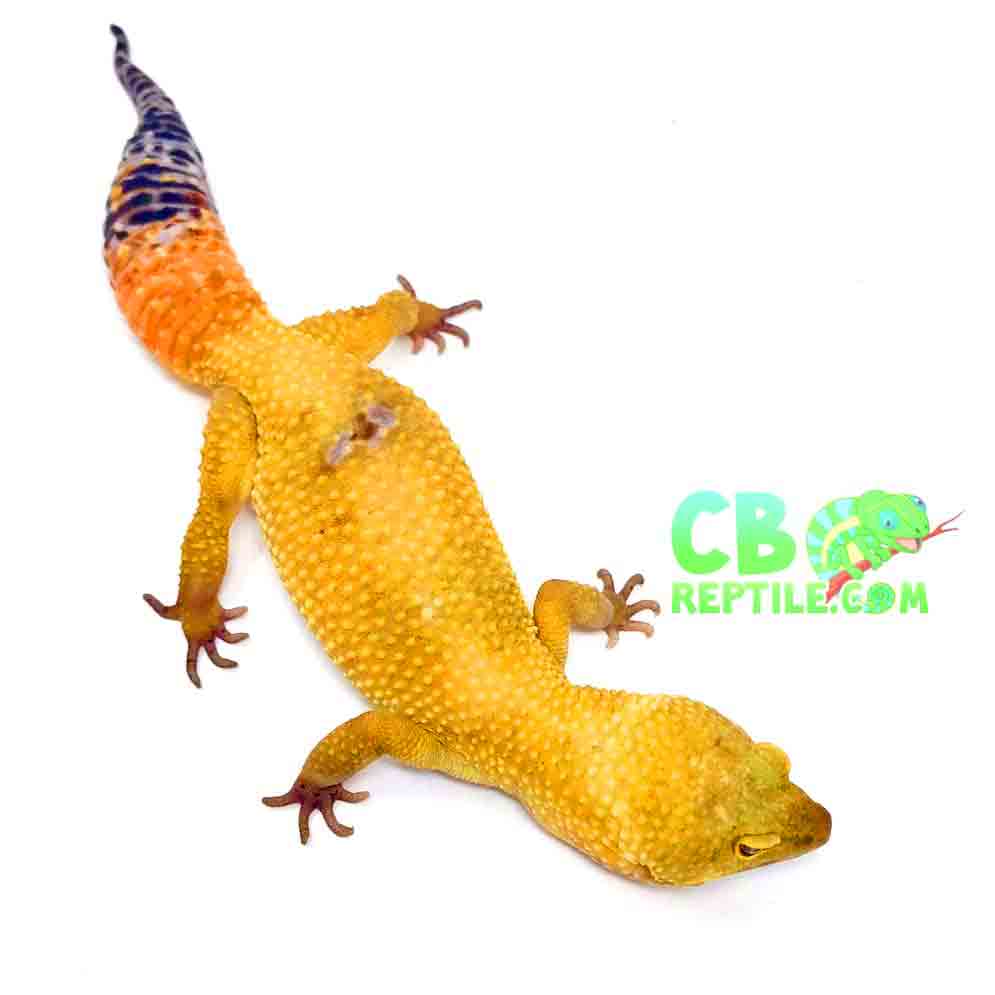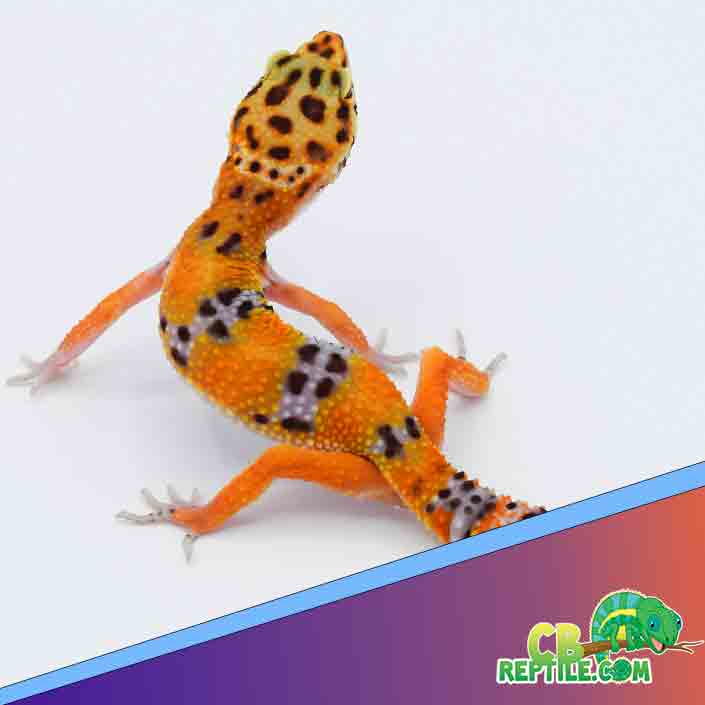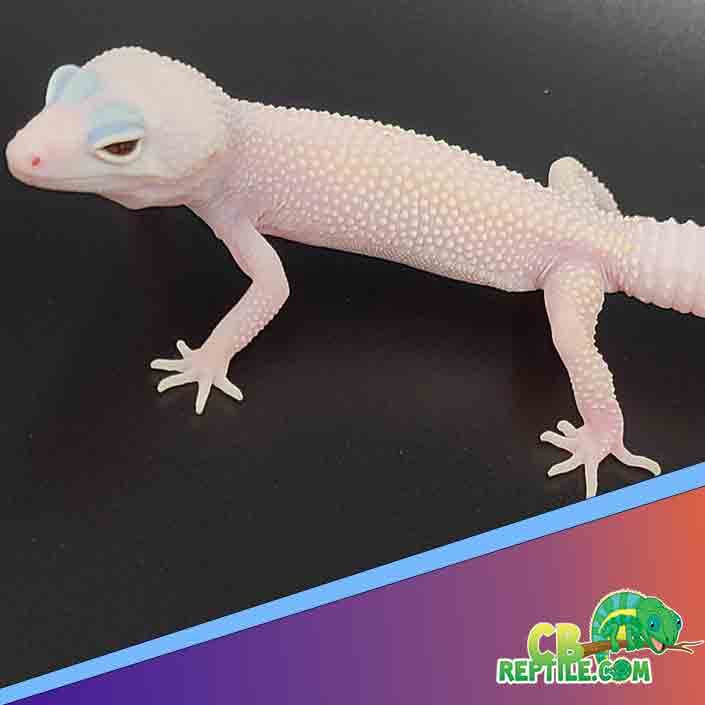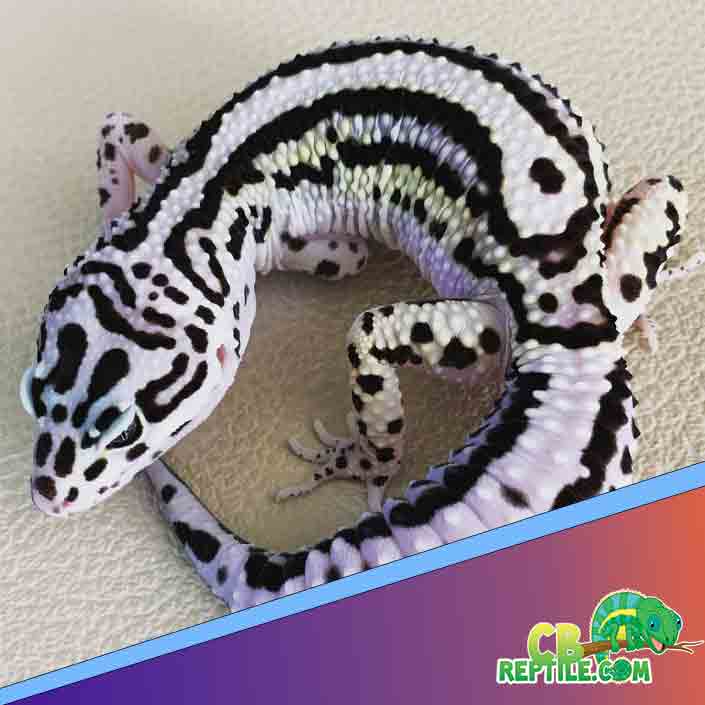The Happy Keeper’s Guide to Leopard Gecko Lifespan

How Long Do Leopard Geckos Live?
In well-managed home habitats, leopard geckos commonly live 15–20 years, and many keepers happily report pets passing the 20-year mark. Exceptional individuals—especially those receiving meticulous husbandry and nutrition—may reach their mid-20s. That makes these gentle insectivores one of the longest-lived small reptiles in the hobby and a wonderful choice for a long-term companion.
Lifespan Timeline: From Tiny Hunter to Distinguished Senior
| Life Stage | Approx. Age | Care Focus |
|---|---|---|
| Hatchling | 0–3 months | Stable warmth, frequent small meals, gentle handling |
| Juvenile | 3–12 months | Growth nutrition, consistent supplements, careful monitoring |
| Subadult | 12–18 months | Refine feeding schedule; confirm adult temperatures |
| Adult | 18 months–7 years | Balanced diet, steady routines, enrichment |
| Mature | 7–12 years | Weight tracking, joint-friendly décor, routine health checks |
| Senior | 12+ years | Softer feeders if needed, slightly warmer evenings, extra comfort |
Top Factors That Influence Longevity
- Stable temperatures & humidity: A warm hide of about 88–92°F (31–33°C) with a gentle cool side (low-to-mid 70s) supports digestion and immune function. A moist hide with clean, damp sphagnum helps with low-stress sheds.
- Nutrition & supplements: Rotate quality feeders (crickets, dubia roaches, mealworms, black soldier fly larvae) and gut load insects 12–24 hours before feeding. Dust with calcium and multivitamins per age and lighting setup.
- Clean, safe habitat: Spot-clean droppings, maintain fresh water, and sanitize décor and surfaces on a schedule. Stable décor prevents tipping and injuries.
- Stress reduction: Provide three hides (warm, cool, moist), avoid excessive handling during shed, and maintain predictable routines.
- Responsible breeding practices: Repeated breeding can tax females. Pairing and egg-laying should be planned with proper nutrition and recovery time.
- Preventive vet care: A reptile-savvy veterinarian can help with weight checks, fecals, and early intervention if anything seems off.
Healthy Habits That Add Happy Years

The little things you do consistently have the biggest impact over a lifetime. Consider these easy wins:
- Use a thermostat: Every heat source should be regulated, with a probe secured on the warm hide floor.
- Measure, don’t guess: A digital probe thermometer and reliable hygrometer prevent unintentional extremes.
- Keep a log: Jot down weights, meals, sheds, and notes. Spotting trends early makes tweaks easy.
- Offer variety: Rotate feeder insects and enrich the habitat with safe, stable décor.
- Handle kindly: Short, calm sessions build trust and reduce stress over the long haul.
Common Lifespan Myths (Happily Debunked)
- “They only live a few years.” With modern husbandry, many comfortably reach 15–20+ years.
- “One feeder is enough.” Variety supports better nutrition and keeps mealtime exciting.
- “Humidity should be high all the time.” Ambient humidity is best around 30–40%, with a targeted moist hide for sheds.
- “Bigger heat = better.” Overshooting temperatures stresses geckos; controlled warmth is the key.
Signs of a Content, Long-Lived Gecko
Happy geckos are curious at dusk, rest peacefully after meals, shed cleanly, and maintain a well-fleshed tail. Appetite and weight stay steady, eyes are bright, and movement is confident. Seniors may slow down a bit—think shorter hunts and more frequent naps—but should still appear comfortable and engaged in their routine.
Senior leopard gecko Care: Extra Comfort for the Golden Years

As geckos age, a few gentle adjustments can keep life comfortable:
- Ease of access: Lower ledges and ramps help older joints.
- Warmth at night: Slightly reduce the night drop if your senior seems stiff in the morning.
- Softer feeders: Consider smaller prey or larvae that are easy to catch and digest.
- More frequent check-ins: Monthly weight and body-condition checks catch changes early.
Thinking About Your Next Gecko?
Browse a beautiful selection at
leopard gecko for sale.
If you’re hoping to start with a tiny companion just beginning their journey, take a peek at
baby leopard gecko for sale
options too—paired with friendly guidance from keepers who care.
Quick Lifespan-Boosting Checklist
- Thermostat on every heat source; warm hide at 88–92°F
- Three hides: warm, cool, moist (with clean, damp sphagnum)
- Balanced feeder rotation + consistent dusting schedule
- Fresh water daily; spot-cleaning and regular deep cleans
- Weight and appetite log; annual vet wellness check if possible
Wrap-Up: Many Cozy Years Ahead
With steady warmth, smart hydration, a varied insect menu, and a clean, secure habitat, leopard geckos regularly reach 15–20 years and beyond. Keep your routines cheerful and simple, listen to your gecko’s feedback, and enjoy the calm rhythm of a long, happy life together.
When it’s time to bring home your next scaly friend, you can count on CBReptile.com for healthy, captive-bred geckos and thoughtful support every step of the way. Happy herping!

